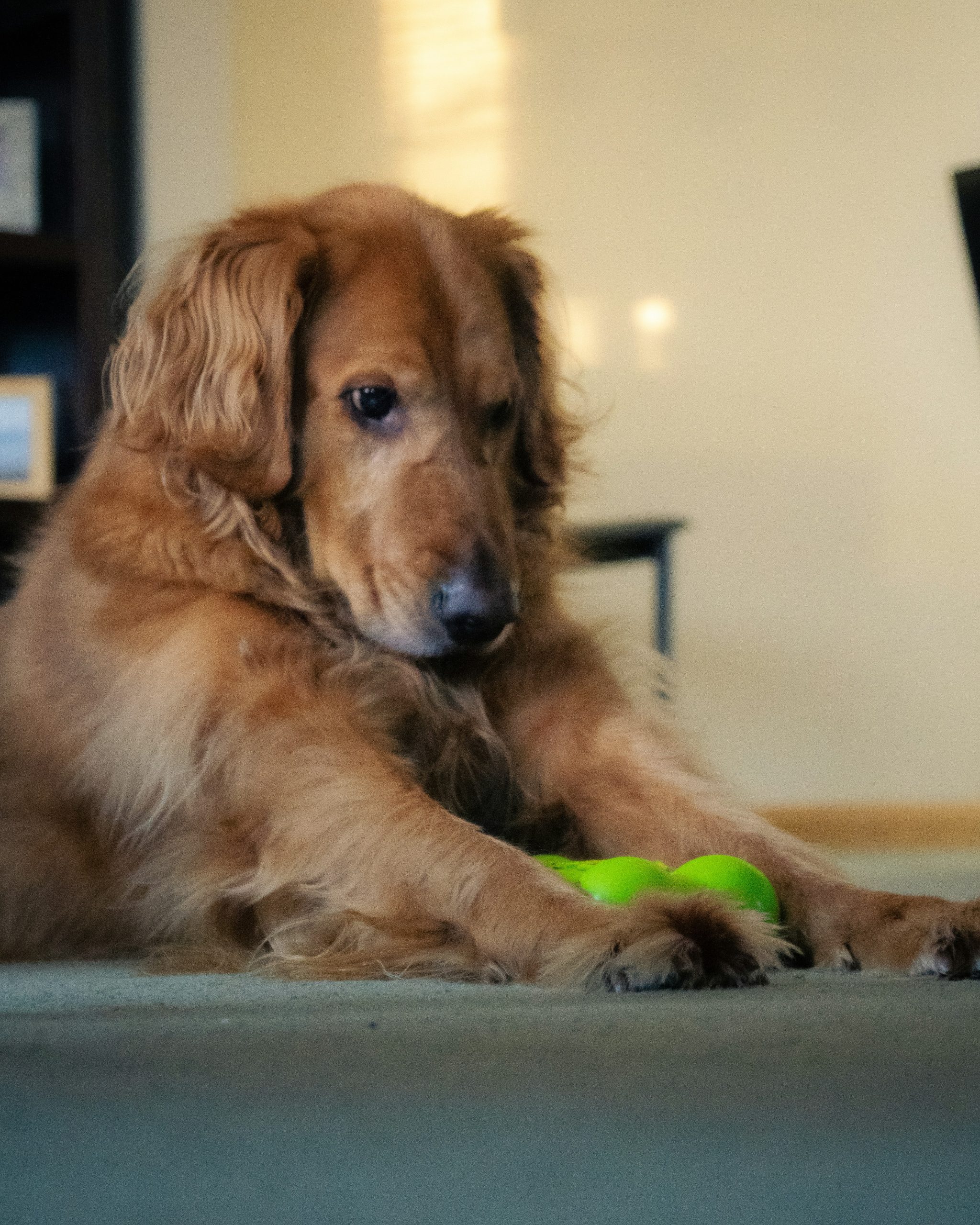Unleashing Joy: How Understanding Your Dogs Play Style Can Transform Toy Selection
Discover how understanding your dogs play style can guide you in selecting the perfect toys for enhanced playtime and a stronger bond.
Understanding Your Dog’s Play Style
The Importance of Recognizing Dog Play Styles
Understanding your dog’s play style is crucial for selecting the right toys that will enhance their enjoyment and well-being. Dogs can be categorized into three main play styles: Low-Key, Medium, and High-Maintenance. Each of these styles requires different types of toys to ensure that playtime is both engaging and fulfilling. For example, a Low-Key player like a Cavalier King Charles Spaniel may prefer soft, plush toys that they can cuddle with, while a High-Maintenance player like a Border Collie may thrive on interactive toys that provide mental stimulation and physical exercise.
Recognizing your dog’s play style not only enhances their playtime experience but also strengthens the bond between you and your pet. Different breeds often exhibit unique play styles, making it important to observe your dog’s behavior. For instance, terriers tend to show more energy and enthusiasm in their play than hounds, which are generally more laid-back and gentle in their interactions. By understanding these distinctions, you can create a more enjoyable play environment for your furry friend.
Identifying Your Dog’s Play Style
To identify your dog’s play style, observe their interactions with various toys and activities. Low-Key players enjoy short bursts of play, often opting for toys like squeaky toys or stuffed animals that they can carry around. In contrast, Medium players require daily engagement with toys like rope toys, balls, and rawhides to keep their boredom and anxiety at bay. High-Maintenance players, such as active sporting breeds, need over an hour of play each day and benefit from a mix of durable toys, including tug toys and chew toys to satisfy their high energy levels.
As your dog ages, their play style may change, so it’s essential to reassess their preferences regularly. This helps ensure that the toys you provide remain suitable and engaging as they transition through different life stages. For example, a young, energetic puppy might start as a High-Maintenance player but may gradually become a Medium player as they mature and their energy levels stabilize.
Matching Toys to Play Styles
Selecting the right toys for your dog’s play style can significantly enhance their play experience. For Tuggers and Chewers, durable toys are essential to protect their teeth and minimize destructive chewing behavior. Cheerleader dogs benefit from toys that keep them occupied, helping to reduce disruptive barking during playtime. For instance, a Labrador Retriever that enjoys fetching may thrive with a durable ball that can withstand rigorous play.
Self-Play dogs, those who engage well in solo activities, thrive on interactive toys that provide mental stimulation, such as treat-releasing puzzles. Adaptive dogs, on the other hand, benefit from puzzle toys that stimulate both their minds and bodies, preventing boredom and encouraging engagement. By matching toys to your dog’s specific play style, you can improve their overall happiness and satisfaction during playtime.
Insights on Dog Behavior During Play
Dogs exhibit identifiable signs of enjoyment during play, which helps you gauge their engagement level. Common signs include the “play bow”, where a dog lowers their front legs while keeping their rear up, and playful growls that are typically lower in pitch compared to aggressive growls. Moreover, relaxed body language, such as wagging tails and soft eyes, indicates that a dog is enjoying themselves. Conversely, a stiff posture or raised hackles could suggest that the dog is feeling aggressive or threatened, emphasizing the importance of context in interpreting their behavior.
It’s also vital to recognize when your dog may be overwhelmed or overstimulated during play. Dogs often take breaks to shake off tension, which is a sign that they are enjoying the activity. Observing these behaviors can help you make informed decisions to ensure that play remains a positive experience for your dog. Encouraging proper socialization from a young age can also foster positive play behavior, enhancing interactions with other dogs and reducing the likelihood of negative experiences.
 Recommendations for Toy Selection
Recommendations for Toy Selection
To keep your dog engaged and prevent boredom, it’s beneficial to provide a variety of toys that cater to their different play styles. Toys should be selected based on your dog’s energy level; for example, low-energy dogs may enjoy plush toys or gentle squeakers, while high-energy dogs may thrive with fetch toys or tug toys. Senior dogs, in particular, benefit from toys that promote gentle exercise and are easy to handle, ensuring they can maintain mobility as they age.
Regularly assessing the condition of your dog’s toys is crucial, as worn-out toys can pose safety risks and may fail to engage your dog effectively. Consulting with pet supply experts can also help you discover new toys that align with your dog’s preferences and needs. By ensuring that your dog has access to suitable and engaging toys, you can create a more enriching play environment that fosters happiness and well-being.
The Benefits of Proper Toy Selection
Using the right toys can significantly enhance your dog’s mental and physical health, providing necessary stimulation and exercise. Engaging toys can help alleviate anxiety and prevent behavioral issues, promoting a well-rounded and happy pet. For example, a dog that enjoys chewing can benefit from durable chew toys that satisfy their need to gnaw, reducing the likelihood of destructive behavior in your home.
Consulting with trainers or veterinarians can provide personalized toy recommendations that are tailored to your dog’s specific needs and behaviors. Proper toy selection not only fosters a safer play environment, reducing the likelihood of injuries during playtime, but also strengthens the bond between dogs and their owners, enhancing training and reducing behavioral problems. With the right toys, playtime can become an enriching experience that contributes to your dog’s overall happiness and quality of life.


